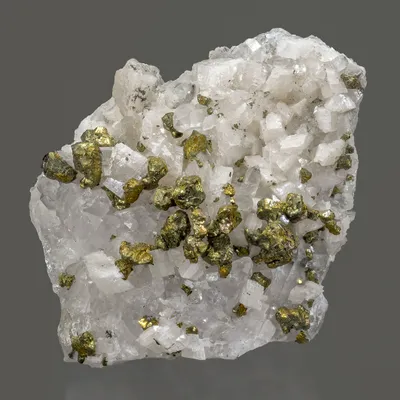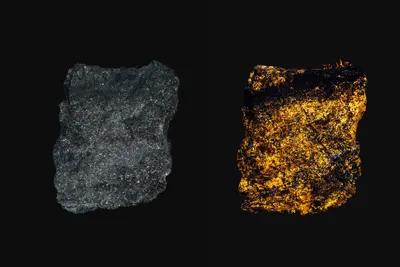Title
germanocolusite
Composition
Cu26V2(Ge,As)6S32
Crystal System
Cubic
Status at Tsumeb
Confirmed
Abundance
Extremely rare
Distribution
Sulphide ores.
Paragenesis
Hypogene.
Type Locality
No
Entry Type
Species TSNB149
General Notes
The description of germanocolusite provided by Spiridonov et al. (1992) is based on specimens from Urup (in Russia), Maikain (in Kazakhstan), Chelopech (in Bulgaria) and Tsumeb, all of which are included in the IMA mineral list thereby implying shared type locality status (http://cnmnc.units.it/; accessed January 2023). However, the conserved type material at the Fersman Mineralogical Museum, Moscow, and the Mineralogical Museum of St Petersburg is from the Russian locality and according to Mindat, type locality status is shared between Urup (Russia) and Maykain (Kazakhstan) (Germanocolusite: Mineral information, data and localities. (mindat.org) ; accessed December 2022).
While there are very slight differences in the optical properties of germanite group minerals, germanocolusite requires a compositional analysis for certain identification. It is only observable under the ore microscope or with electron beam techniques.
According to Spiridonov et al. (1992) germanocolusite at Tsumeb occurs in tennantite, sphalerite and chalcopyrite ore with germanite, gallite, chalcocite, enargite, and bornite.
Associated Minerals
bornite; chalcocite; chalcopyrite; enargite; fluorapatite; gallite; germanite; maikainite; ovamboite; sphalerite; tennantite-(Zn); titanite




